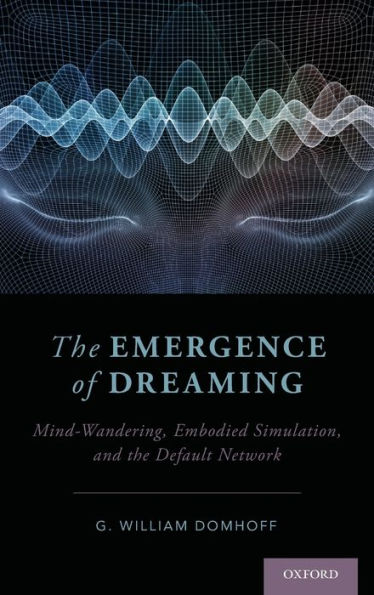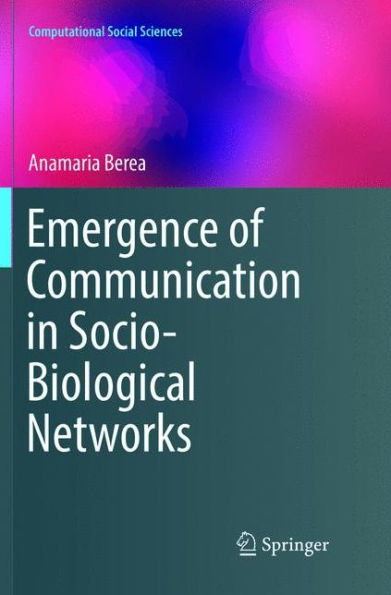Home
The Emergence of Dreaming: Mind-Wandering, Embodied Simulation, and the Default Network
Barnes and Noble
The Emergence of Dreaming: Mind-Wandering, Embodied Simulation, and the Default Network
Current price: $110.00


Barnes and Noble
The Emergence of Dreaming: Mind-Wandering, Embodied Simulation, and the Default Network
Current price: $110.00
Size: OS
Loading Inventory...
*Product information may vary - to confirm product availability, pricing, shipping and return information please contact Barnes and Noble
G. William Domhoff presents a new neurocognitive theory of dreams in his book
The Emergence of Dreaming
. His theory stresses the similarities between dreaming and drifting waking thought, based on laboratory and non-laboratory studies that show as many as 70 to 80 percent of dreams are dramatized enactments of significant waking personal concerns about the past, present, and future. Domhoff discusses a developmental dimension of dreaming based on the unexpected laboratory discovery that young children dream infrequently and with less complexity until ages 9-11-supported by new findings with children who are awake that demonstrate the gradual emergence of cognitive skills necessary for dreaming. Domhoff's theory locates the neural substrate for dreaming in the same brain network now known to be most active during mind-wandering, and explains the transition into dreaming.
Various strands of evidence lead to the conclusion that dreaming does not have any adaptive function, and is best viewed as an accidental by-product of adaptive waking cognitive abilities. However, cross-cultural and historical studies reveal that human inventiveness has made dreams an essential part of healing and religious ceremonies in many societies. Three chapters present detailed critiques of other current theories of dreams. The final chapter suggests how new and better studies of dreaming and its neurocognitive basis can be carried out using recent technological developments in both communications (e.g., smartphone apps) and neuroimaging (e.g., near infrared spectroscopy). As one of the first empirical and scientific treatments on dream research,
will be of interest to psychologists, cognitive neuroscientists, sleep researchers, and psychiatrists.
The Emergence of Dreaming
. His theory stresses the similarities between dreaming and drifting waking thought, based on laboratory and non-laboratory studies that show as many as 70 to 80 percent of dreams are dramatized enactments of significant waking personal concerns about the past, present, and future. Domhoff discusses a developmental dimension of dreaming based on the unexpected laboratory discovery that young children dream infrequently and with less complexity until ages 9-11-supported by new findings with children who are awake that demonstrate the gradual emergence of cognitive skills necessary for dreaming. Domhoff's theory locates the neural substrate for dreaming in the same brain network now known to be most active during mind-wandering, and explains the transition into dreaming.
Various strands of evidence lead to the conclusion that dreaming does not have any adaptive function, and is best viewed as an accidental by-product of adaptive waking cognitive abilities. However, cross-cultural and historical studies reveal that human inventiveness has made dreams an essential part of healing and religious ceremonies in many societies. Three chapters present detailed critiques of other current theories of dreams. The final chapter suggests how new and better studies of dreaming and its neurocognitive basis can be carried out using recent technological developments in both communications (e.g., smartphone apps) and neuroimaging (e.g., near infrared spectroscopy). As one of the first empirical and scientific treatments on dream research,
will be of interest to psychologists, cognitive neuroscientists, sleep researchers, and psychiatrists.

















